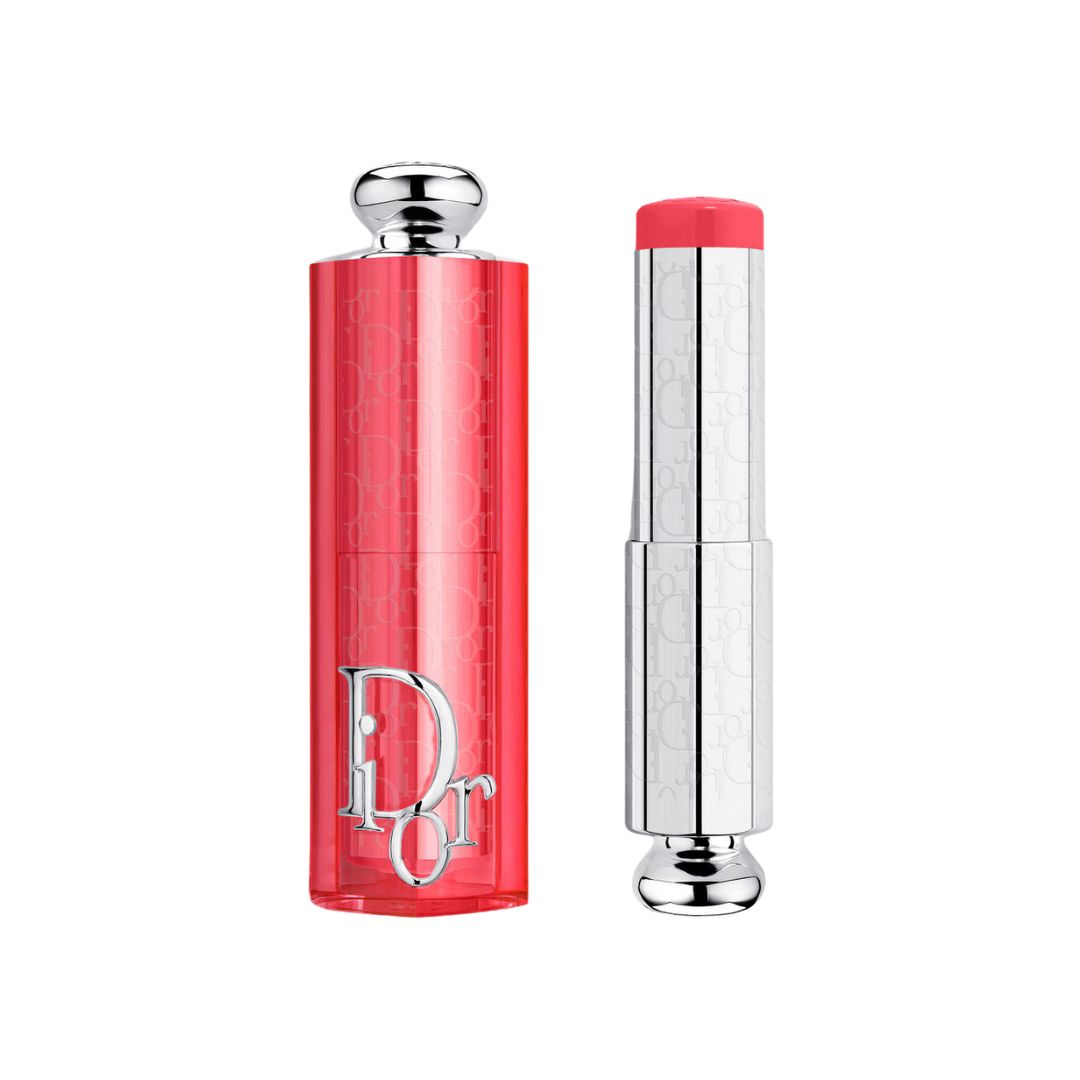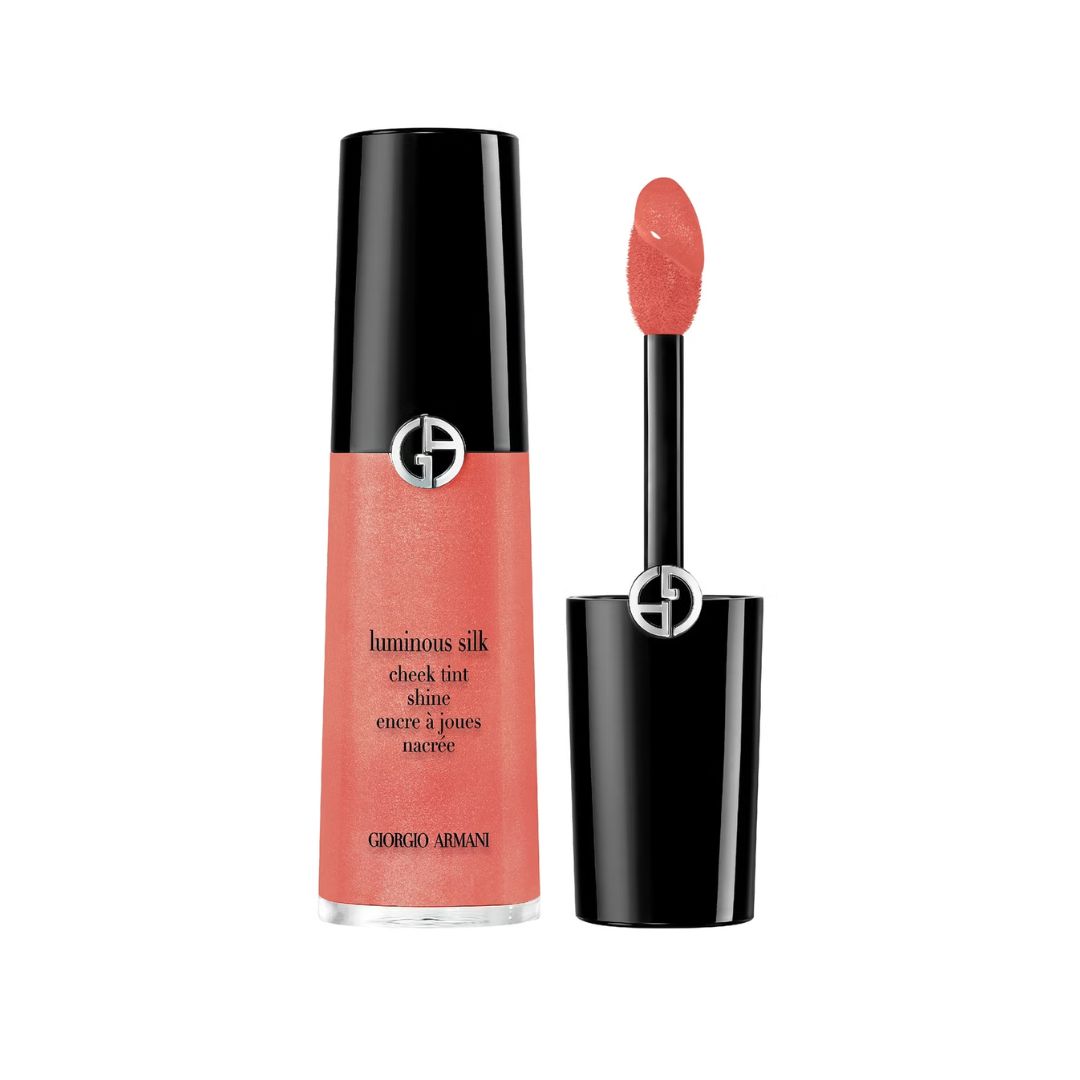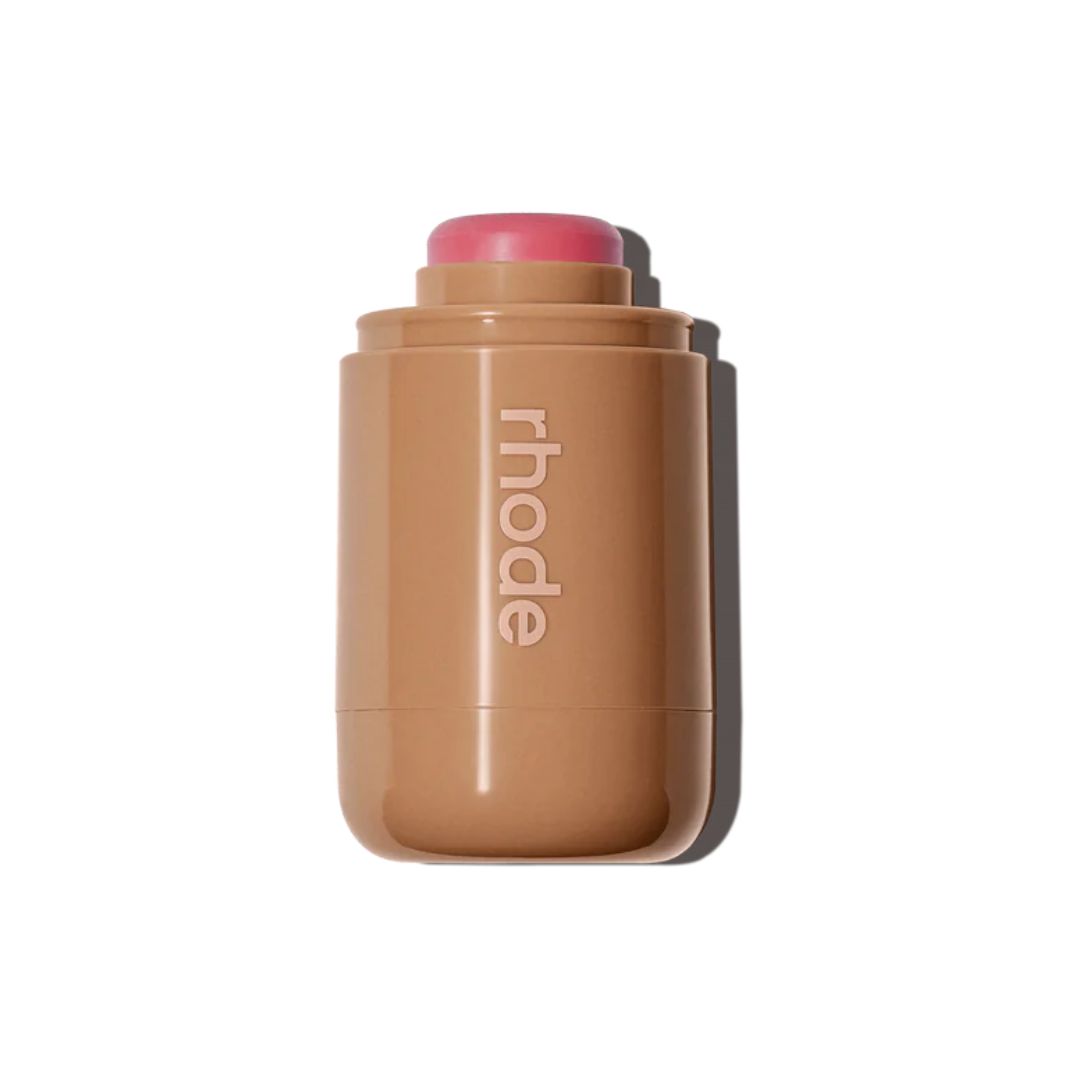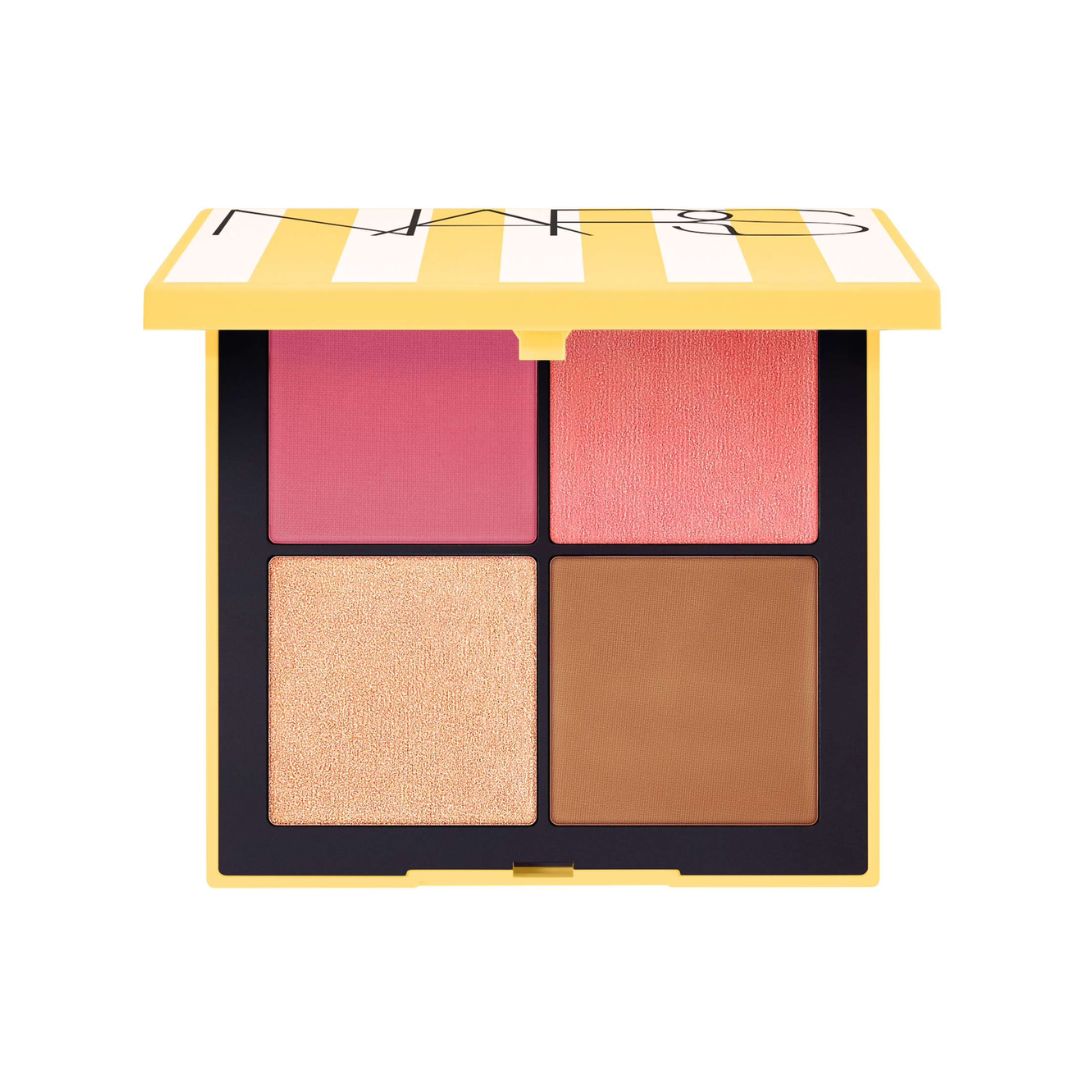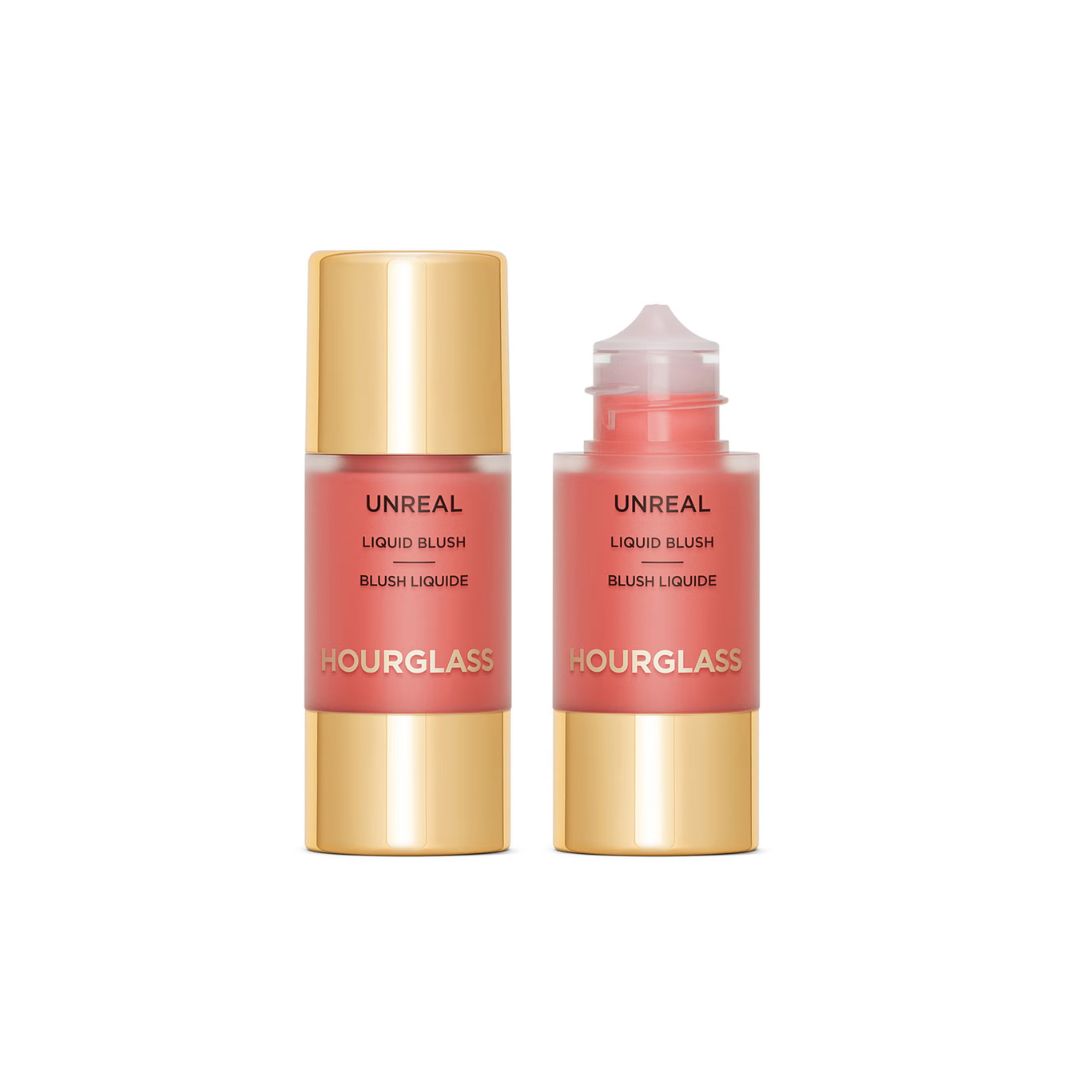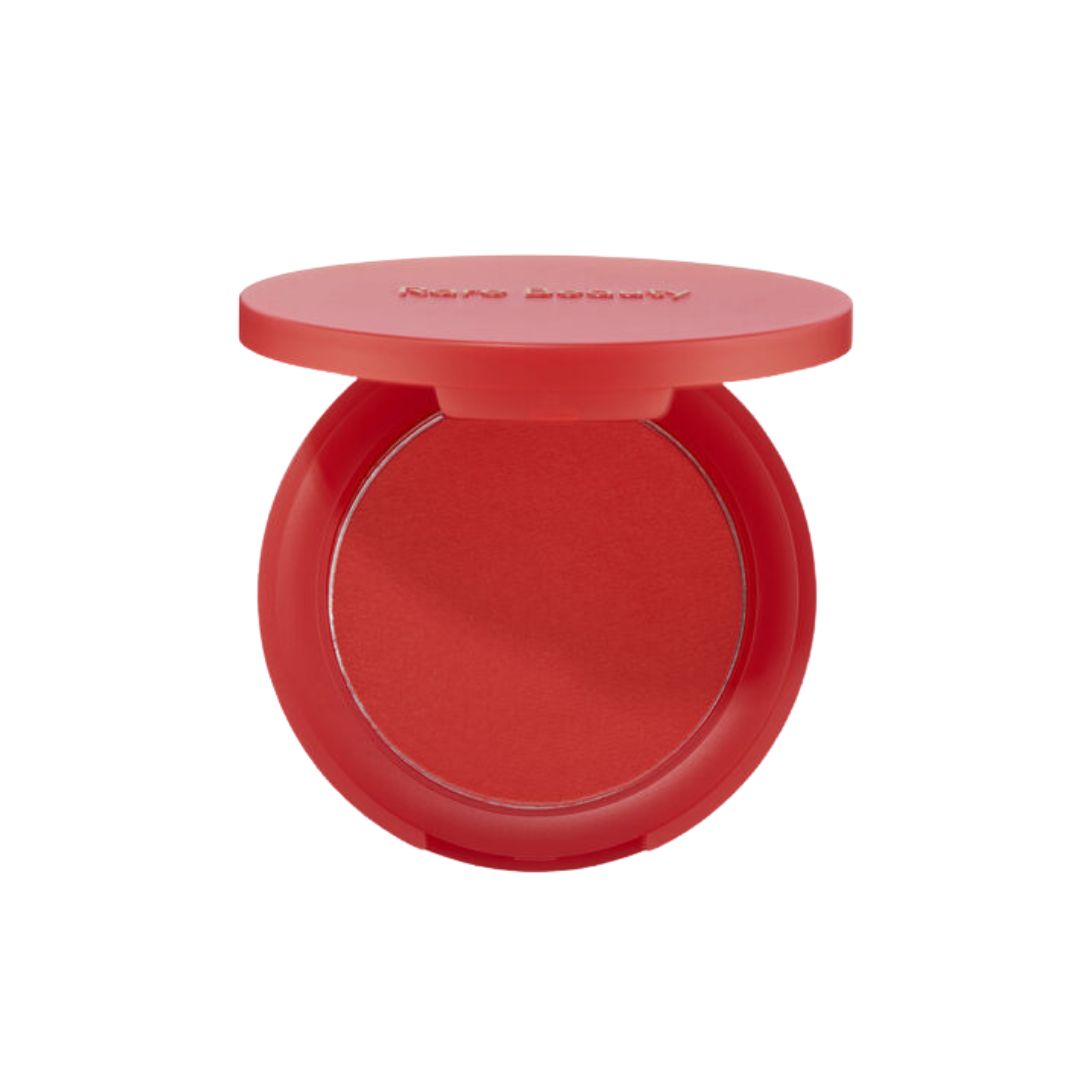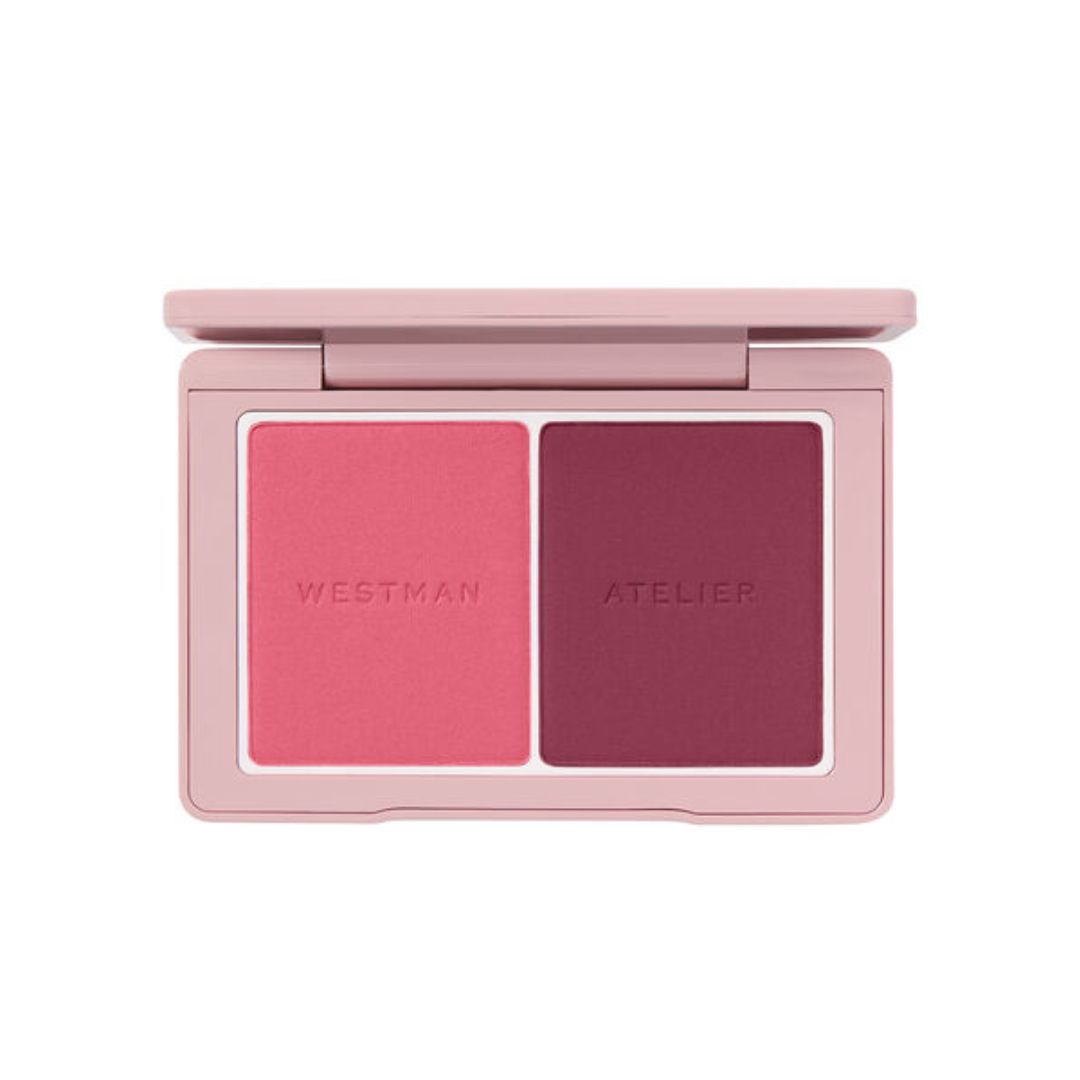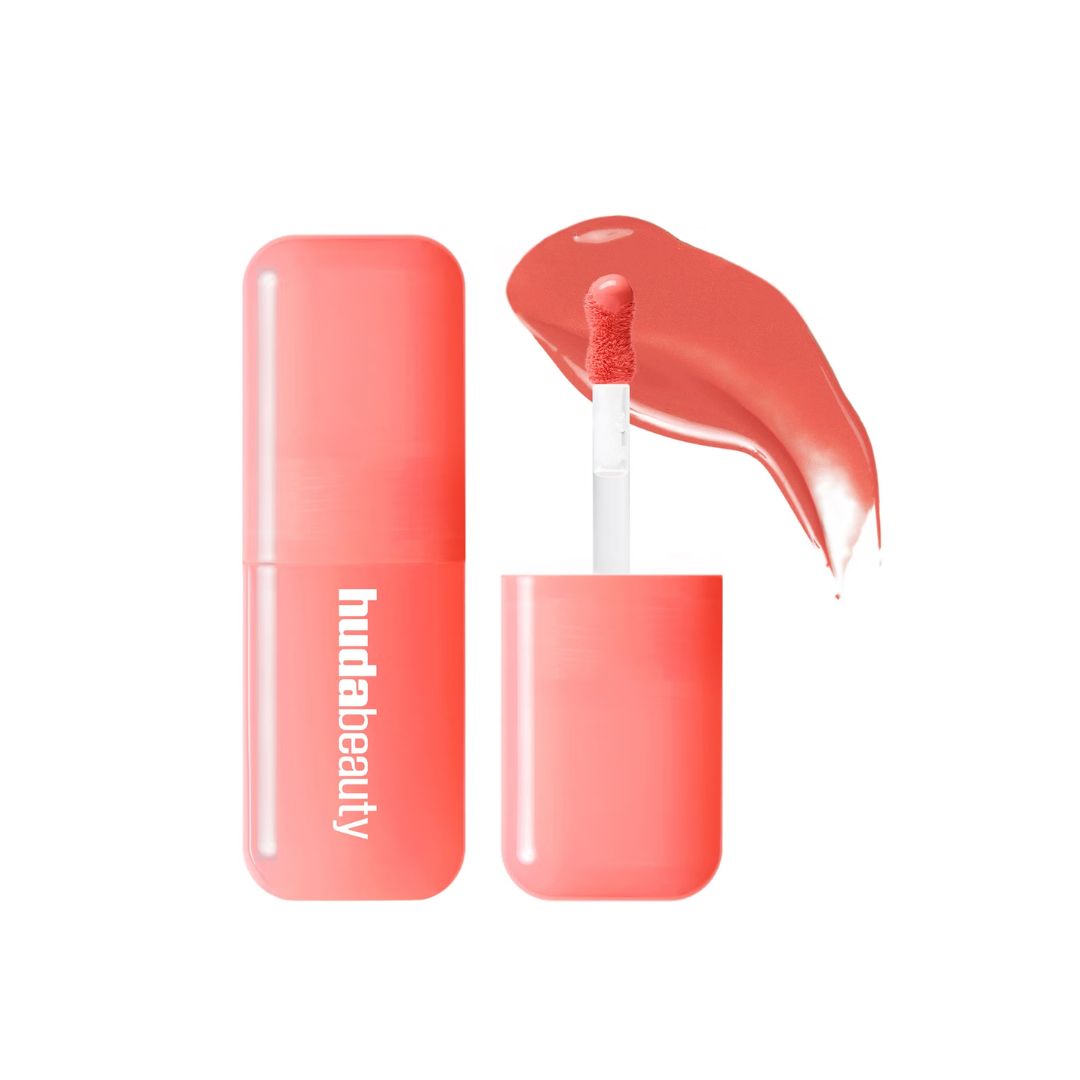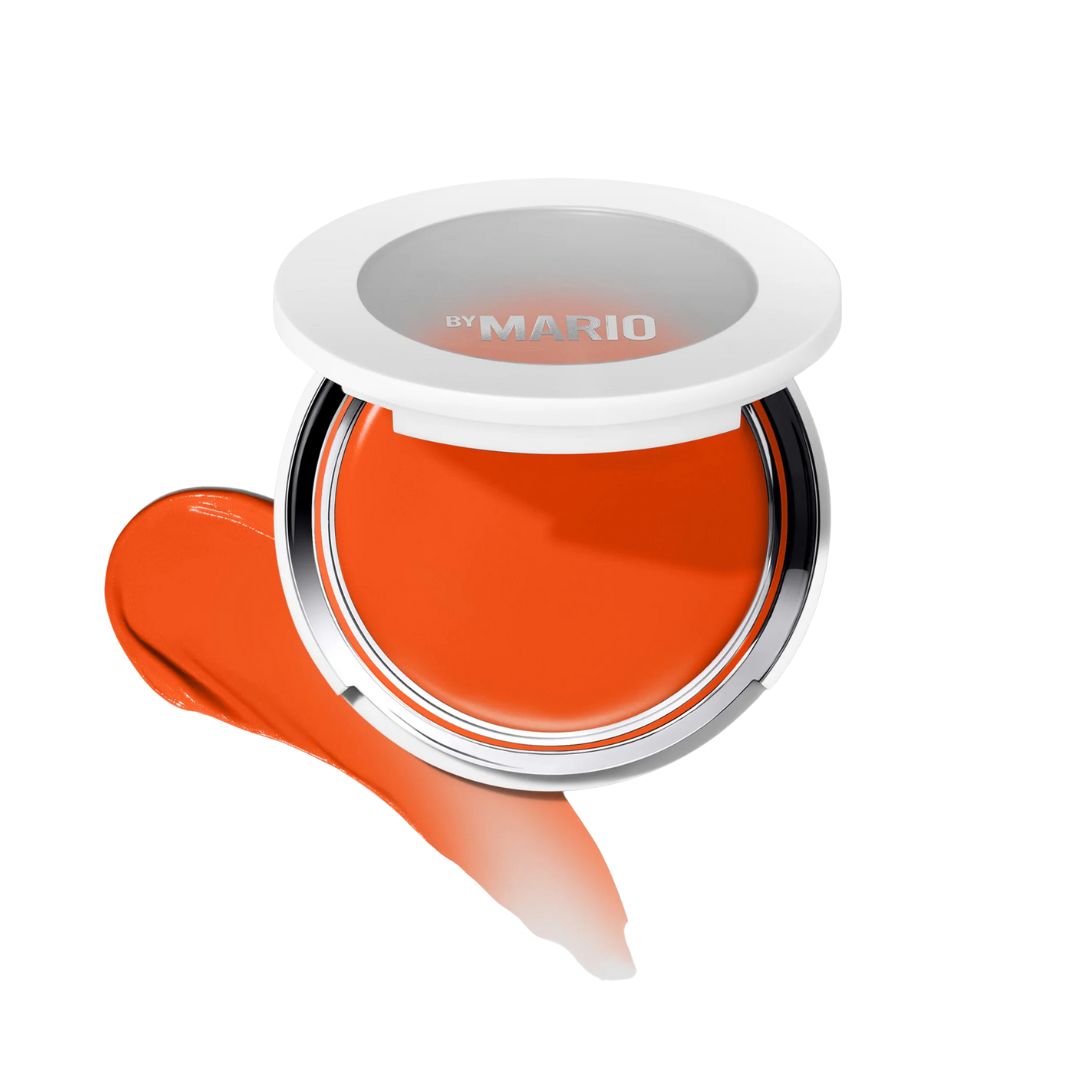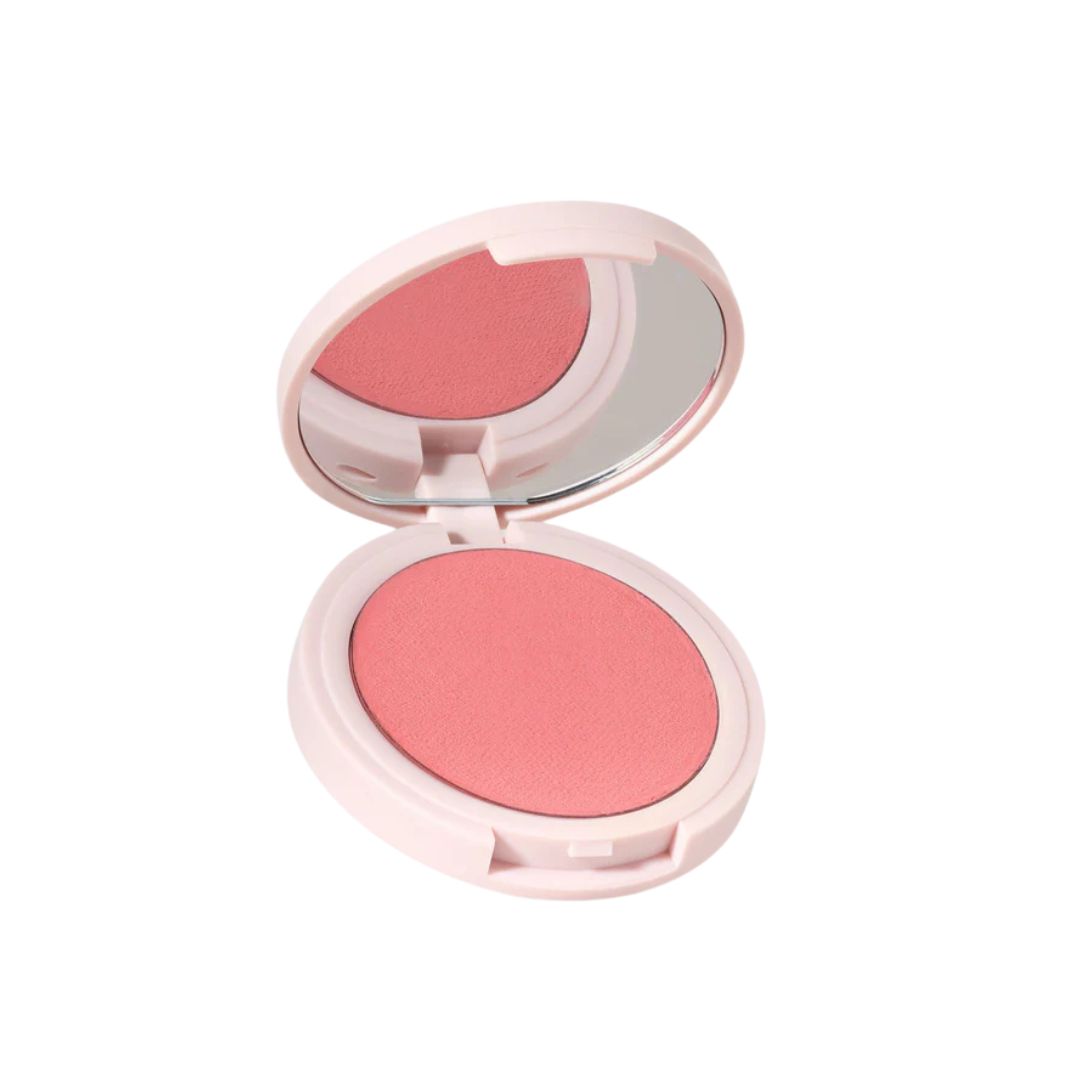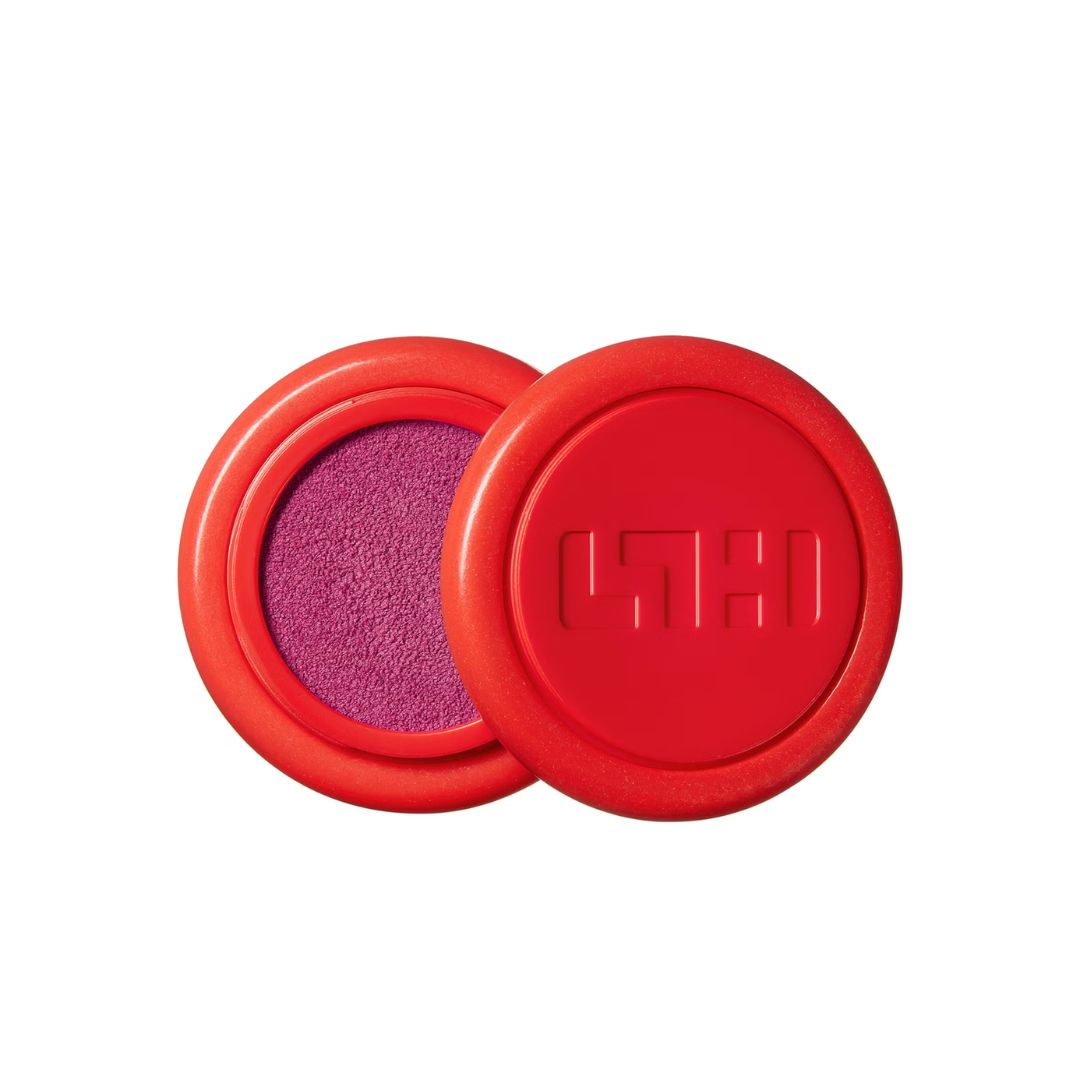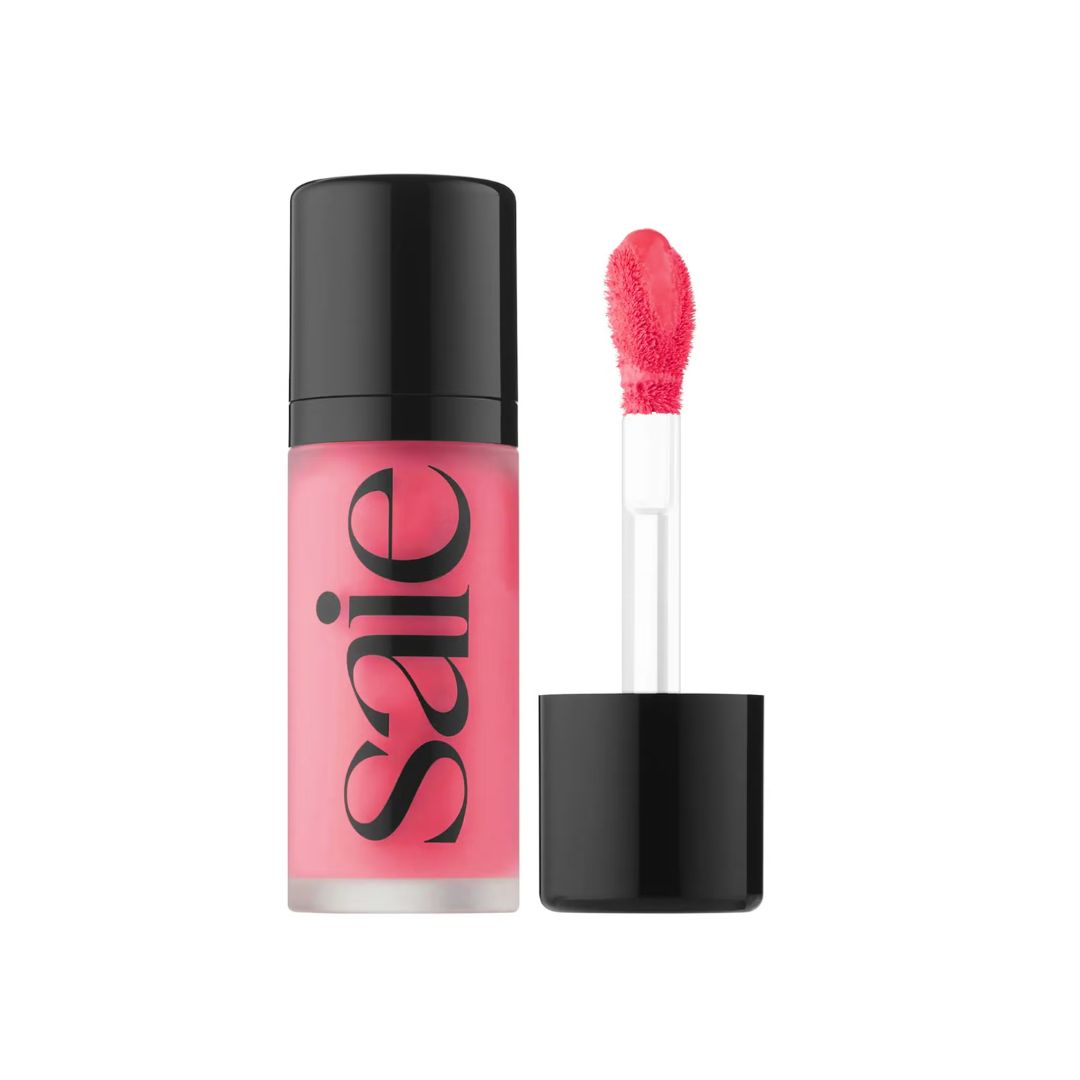'Sorbet blush' is the juiciest make-up trend for the summer—here's how to nail it, according to 3 MUAs
Fresh and bold


It is said that we spend a third of our lives asleep, and not to be dramatic, but there’s a good chance that I spend a third of mine applying blush. It hasn’t left my side (or shall I say my cheeks) for as long as I can remember, be it in the form of a cream blusher, liquid or powder to instantly revive my complexion. By extension, I’ve also developed a knack for unlocking all the most buzz-worthy blusher trends, and the latest one might be my new summer-y obsession.
Enter: sorbet blush—a juicier, fruitier way to add a bolder pop of colour to your holiday-ready make-up look. Think more saturated colours that are the antidote to the muted mauve-y hues or neutral pinks. The best part? Such shades are usually universally flattering across all skin tones, mimicking the look of naturally flushed cheeks. Finish-wise, you can settle for something dewy to replicate that melting sorbet look or go for something more soft-focused for that frosted finish.
Intrigued? Below, I spoke to three esteemed make-up artists to share their go-to tips on achieving that 'sorbet blush' look without the fuss and how to find the best shade to work for your undertones. To help you recreate the look, I’ve also taken the time to curate an edit of the most fitting blush formulas (and shades) that I’ve personally reviewed, including a handful of brand-new releases that you shouldn’t sleep on.
A post shared by Hailey Rhode Bieber (@haileybieber)
A photo posted by on
What does 'sorbet blush' entail and what’s the best way to achieve the look?
“A ‘sorbet blush’ is a luminous flush of fruity colour that is sheer and juicy, making the cheeks look colour quenched,” shares Jamie Coombes, Dior Makeup international pro artist. Jamie suggests that you should start with cream sticks or gel formulas to "mimic that juicy effect," such as the newly launched Dior Backstage Rosy Glow Stick.
According to Armani Regional Make-up Artist Martyna Parzniewska, you should use a “fruity-coloured blush (like peach, berry, or pink) to give your cheeks a light, natural-looking glow—like the colour of sorbet. The blush should be soft and buildable—not heavy or cakey,” she adds. Martyna recommends applying the Armani Luminous Cheek Tint, which is a liquid formula that comes in two finishes: satin and glowy.
“The ‘sorbet blush’ look is all about sheer layers that give you a fresh, juicy glow,” shares Pro Make-up Artist Vincent Ford. “Start with a cream or liquid blush. Dab it gently onto the apples of your cheeks with your fingertips or a damp brush, blending it upwards towards the hairline. To finish, lightly set it with a powder or a shimmery blush in a similar shade—this helps lock it in and amps up the luminosity,” he explains.
What kind of shades are best to recreate the 'sorbet blush' book?
Some of the more universal shades include "peach sorbet, blueberry, or cherry," shares Martyna. She also recommends experimenting and blending different shades together for a bespoke look.
Celebrity news, beauty, fashion advice, and fascinating features, delivered straight to your inbox!
As for fair skin and cool undertones: Jamie recommends opting for "raspberry and strawberry pinks," while he suggests that warmer undertones would pair great with "soft corals and peaches" as well as "tangerine, burnt orange or hibiscus pinks."
"For neutral undertones, consider watermelon, cherry reds and bright coral pinks," he says. "Medium skin tones should look for berry sorbet shades," and "olive skin tones should consider terracotta, blood oranges, and orange-pinks," Jamie adds.
According to Vincent, "deeper skin tones might want to opt for a vivid raspberry, bright corals, or tangerine shades. These colours will pop beautifully and will never look ashy or dull," he explains.
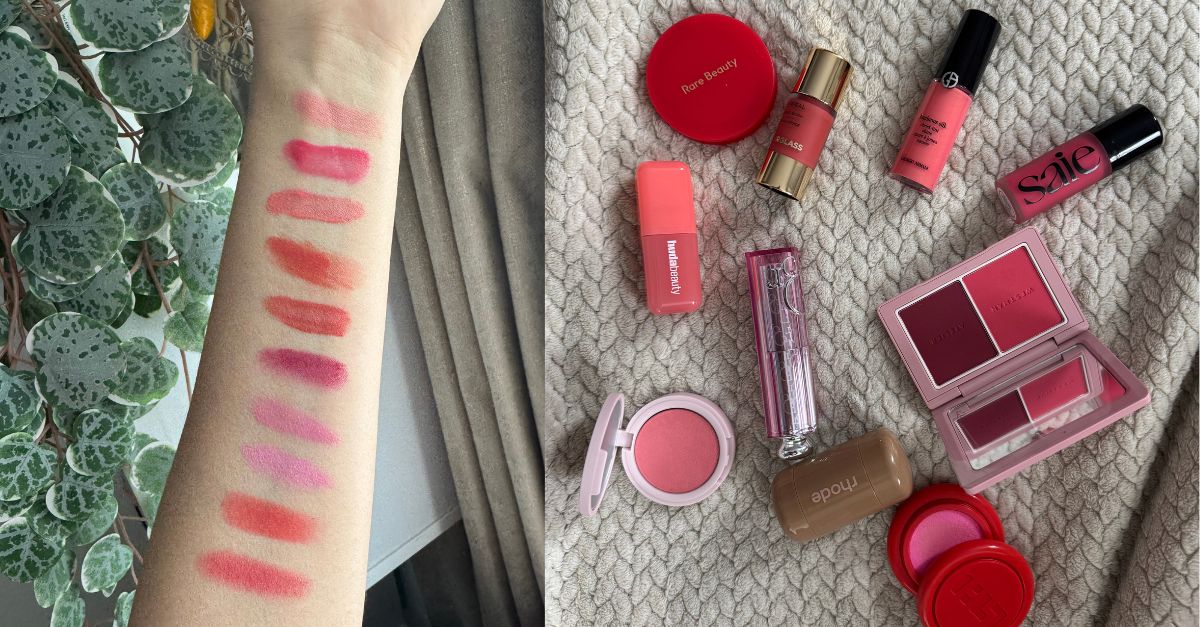
How to pair the rest of your make-up with 'sorbet blush'?
Since 'sorbet blush' is all about looking fresh, Jamie suggests only "applying powder where needed, such as the T-zone."
Jamie also recommends matching your lip colour to the blush to create a cohesive look, such as the Lip Glow Butter Balm, which comes in corresponding shades to the cream blush. "I often use the same cheek product on the lips," he says. "For the eyes, keep it simple—a wash of colour is more flattering than a smoky eye. You can maintain the tone-on-tone colour or use contrasting shades in sheer shimmers or glosses to complement the overall look," Jamie shares.
Elsewhere, Martyna suggests finishing the look with a bold lipstick for a "stronger overall look," and for a "softer" touch, she advises completing the make-up with a wash of a matching tinted gloss or a plumper, such as the Armani Prisma Icy Lip Plumper.
"Keep the brows soft and natural-looking," says Vincent. "The aim is a harmonious look, letting the blush be the focus," he adds.

How to make sure your blush actually lasts
"To ensure longevity of the blush, apply layer by layer, using powder blush in between each layer to set the liquid product and intensify the colour," shares Martyna.
Jamie advises to use primer, and one of his top tips is to "powder the oily areas first before applying foundation." He also recommends "using a good setting spray that doesn’t mattify, but seals in the look."
"Do not over-powder as it will affect the juicy, glassy finish of the look," he adds.
The best blush formulas to achieve the 'sorbet blush' look

Denise is an award-winning beauty journalist with years of experience in the industry, writing about everything from makeup and skincare to perfume and haircare. Having interviewed celebrities like Khloe Kardashian and Winnie Harlow, Denise's vast writing portfolio also includes a number of product reviews, buying guides, first-person features and deep-dive explainers.
